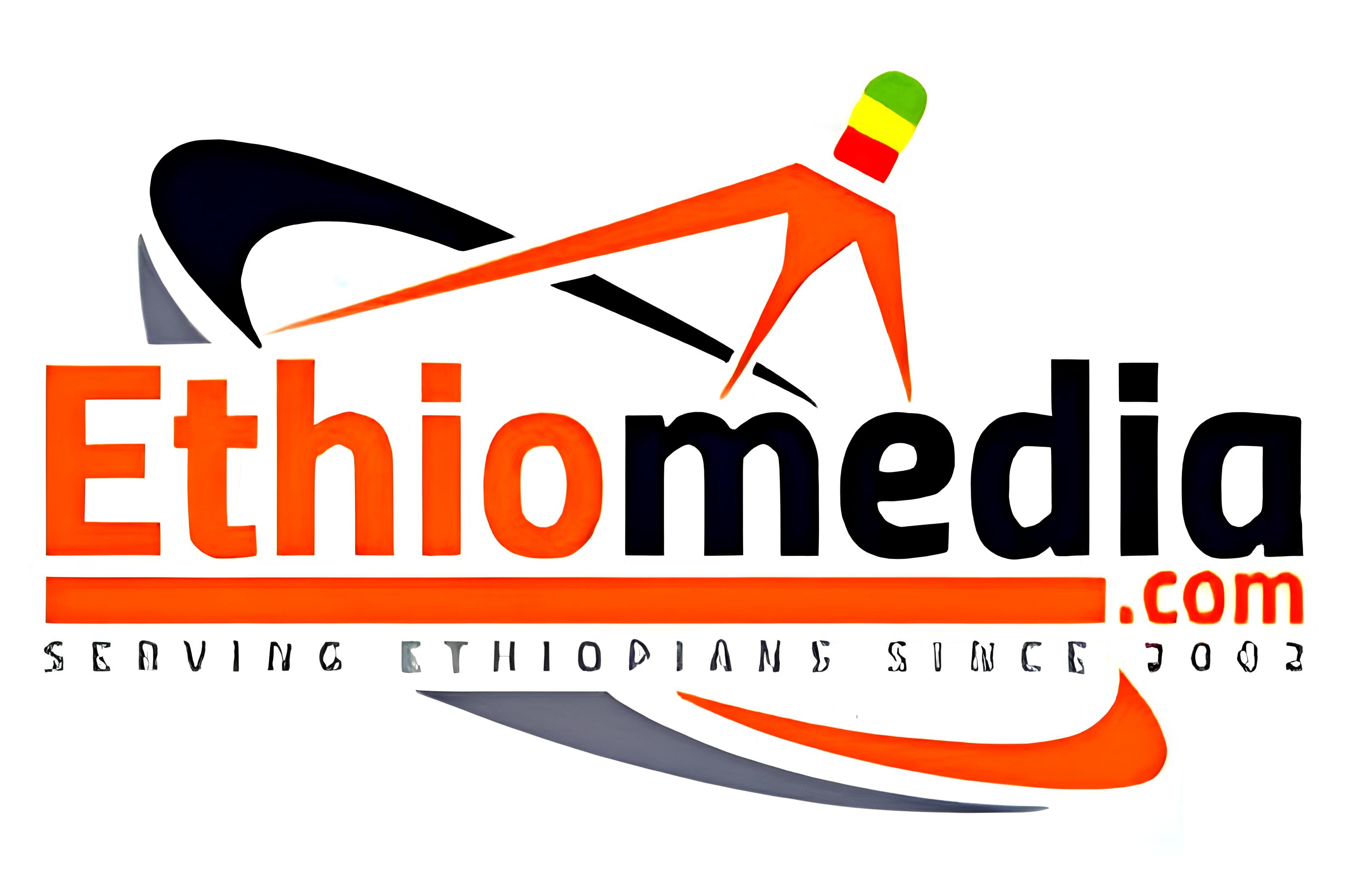|
Analysis Fiber optic story is hyped up: critic
By Ewnetu Tessema|
March 16, 2007 A Reuters report that Ethiopia has installed a new $68 million fibre optic network to boost service and lower costs” some has serious flaws. Reuters may have nothing to do with the flaws as the report was based on “facts” furnished by Mr. Abdurahim Ahmed, a spokesperson of the Ethiopian Telecommunications Corp (ETC). First, a fiber optic is a modern system and improves quality if the quality of the optic fiber is not inferior in quality and the country’s transmission equipment is up to the required technical standard. ETC’s officials have a very poor record in purchasing durable and technically suitable telecom equipment. In this case, the fiber optic cannot be an exception. Unless supported by the required standard transmission equipment, operated by competent engineers and technicians, the fiber optic per se does not provide a better and reliable service. Second, in the Ethiopian context, fiber optic is well exposed to vandalism and different misuses. Bulky police files are still under investigation concerning the havoc wreaked on the 4000-km optic fiber cable that sneaks through the Ethiopian deserts and deep interior villages. The optic fiber cable was never buried deep – and from bad to worse – the cable ETC bought was a non-armored optic fiber in direct violation of the project proposal, the technical specification and strong recommendations by the experts.
Ethiopia has lost US $ 1 million to vandalism alone. The irony is the misuse and abuse of the cable is still an ongoing process. Even while reading this story, chances are an overwhelming part of the cable is being pulled and torn apart because the cables were never buried deep and are non-armored. Third Ethiopia had to make the link with Djibouti, instead of Sudan. The Fiber optic did cost Ethiopia over 1 billion Birr (Over $100 US dollars). As is the case always, the project study starting from day one was made with unwarranted postulation that Ethiopia would be able to create the link with Djibouti. Djibouti was never consulted about this project. ETC purchased the optic fiber and all accessories and started worrying about the link. ETC then sent a team of “experts” to Djibouti for consultation on the modus operandi. It was a bombshell for Djibouti. They straight away informed ETC that they have their own plan which they cannot synchronize with ETC. In a nutshell, Djibouti showed coldness with aversion when informed about ETC’s jumbled fiber optic project. In a hysterical effort to cover up the fiasco, Sudan was approached. Sudan agreed without further ado as it is a roll-over prize for Khartoum. Besides, Sudan has other economic interests. Ethiopia is a party to SEA ME WE II and may be to SEA ME WE III (two digital fibre optic cables that complement the three digital satellite earth stations). Money is spent on the SEA ME WE. The project study deliberately glossed over this important point. There are countries whom we are connected with via SEA ME WE II. There are countries we are connected with via satellite. For instance we had been connected with France via Djibouti using SEA ME WE III. Our connection with the US is via satellite or possibly via SEA ME WE if it comes via the BT. Satellite communication links us with Egypt and Ghana. Now, we depend on Sudan’s connection to the outside world. Countries we could have been connected with directly are now connected with us very indirectly for the link is with Sudan, instead of Djibouti. Sudan for instance now has to create a connection to Eastern African countries through Ethiopia. Sudan in turn may be a good link to our connection to the Arab and Gulf nations like Syria, Iran, Egypt etc. via the optic fiber. The question one has to ponder over is the economic return and cost reduction. Sudan could be connected with these countries. Internet service has got data and image transmission. So, the bandwidth requirement is very high. ETC’s optical fiber has got 24 and 12 fibers. ETC has got also multi-mode fiber (short-distance connection) and single-mode fiber (long-distance connection). Now, theoretically one good and to the standard fiber is presumed to have the capacity of connecting at least 960 persons at a time for telephone conversation. ETC now is using the microwave link also due to the sub-standard optic fiber quality, further damaged by vandalisms and poor transmission equipment and lack of qualified personnel. This fiasco project is not that functional and in full swing as reported by Reuters. Telephone lines literally are out of service every now and then. Maintenance of a faulty line takes on average over two months. Internet subscribers in Ethiopia openly have told ETC officials that Internet service in the so-called pre-fiber optic period was far better than it is today. In the face of all such drawbacks, the spokesperson of ETC said:
Sounds good but it is only on paper. Subscribers who had gleefully welcomed the arrival of the broadband Internet service in the country and hence had subscribed to the service were forced to unsubscribe after they found out Let’s hear what ETC has to say before I return with a detailed report. —-
Ethiomedia.com – Premier news and information source. © Copyright 2001-2007 Ethiomedia.com. EMAIL: [email protected] |

